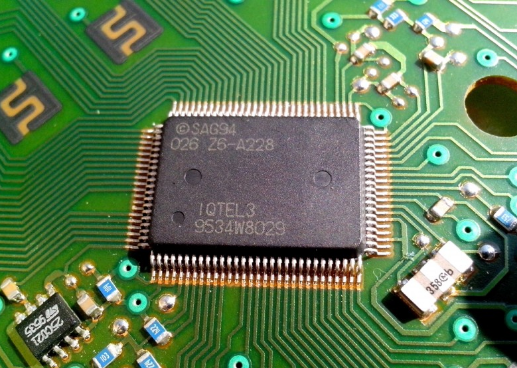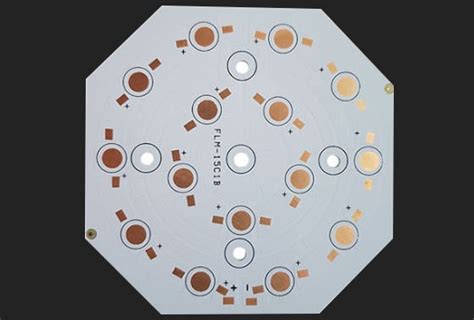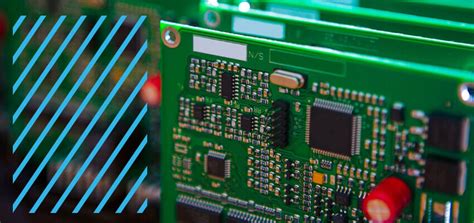Considerations for Selecting PCB Solderable Surface Finishes
Introduction
Printed Circuit Boards (PCBs) require surface finishes to protect exposed copper traces from oxidation and ensure reliable solderability during component assembly. The choice of surface finish significantly impacts manufacturing yield, reliability, cost, and performance. This article explores key considerations when selecting PCB solderable surface finishes, including solderability, durability, cost, environmental factors, and compatibility with assembly processes.
1. Solderability and Wetting Performance
The primary purpose of a PCB surface finish is to facilitate strong solder joints. Different finishes exhibit varying solder wetting characteristics:
- Hot Air Solder Leveling (HASL): Provides excellent solderability due to its tin-lead (or lead-free) coating but may suffer from uneven surfaces.
- Electroless Nickel Immersion Gold (ENIG): Offers good solderability but can experience “black pad” defects if process controls are inadequate.
- Immersion Silver (IAg): Delivers strong wetting but may tarnish over time, reducing solderability.
- Organic Solderability Preservative (OSP): Requires careful handling as it degrades after multiple reflow cycles.
- Electroless Nickel Electroless Palladium Immersion Gold (ENEPIG): Excellent for fine-pitch components but at a higher cost.
The choice depends on the soldering method (wave, reflow, or hand soldering) and component types (SMD, BGA, or through-hole).
2. Durability and Shelf Life
Some finishes degrade over time, affecting assembly reliability:
- OSP: Typically has a shelf life of 6–12 months and is sensitive to humidity.
- Immersion Silver: Prone to sulfidation and tarnishing, requiring airtight packaging.
- ENIG and ENEPIG: More stable, with longer shelf lives (up to 12 months or more).
- HASL: Durable but may develop surface roughness over time.
For long-term storage or harsh environments, ENIG or ENEPIG may be preferable.
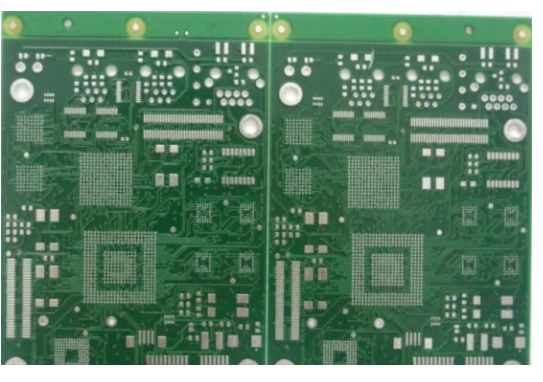
3. Cost Considerations
Surface finish costs vary significantly:
- HASL: Low cost but requires additional leveling steps.
- OSP: Inexpensive but may increase rework costs due to limited reflow cycles.
- ENIG: Moderate cost but involves complex chemical processes.
- ENEPIG: High cost due to palladium layer, justified for high-reliability applications.
- Immersion Tin and Silver: Mid-range cost but may require protective packaging.
Budget constraints and production volume influence the optimal choice.
4. Compatibility with Assembly Processes
Different finishes behave differently under thermal stress:
- HASL: May cause uneven component placement due to surface irregularities.
- ENIG: Suitable for fine-pitch and BGA components but sensitive to excessive reflow cycles.
- OSP: Works well with lead-free soldering but degrades after multiple heat exposures.
- Immersion Tin: Can form intermetallic compounds (IMCs) that weaken joints over time.
The finish must align with reflow profiles, soldering temperatures, and PCB complexity.
5. Environmental and Regulatory Compliance
RoHS and WEEE directives restrict hazardous substances:
- Lead-Free HASL: Replaced traditional SnPb HASL but has higher melting points.
- OSP: Environmentally friendly but less durable.
- ENIG and ENEPIG: RoHS-compliant but use chemicals requiring proper disposal.
- Immersion Silver: RoHS-compliant but may require anti-tarnish treatments.
Manufacturers must ensure compliance with regional regulations.
6. Signal Integrity and High-Frequency Performance
For high-speed or RF applications:
- ENIG: Excellent for high-frequency circuits due to smooth surfaces and good conductivity.
- OSP: Minimal impact on signal integrity but less reliable for high-power applications.
- Immersion Silver: Low resistivity but prone to corrosion in humid conditions.
The finish should minimize signal loss and skin effect.
7. Rework and Repair Feasibility
Some finishes are easier to rework than others:
- HASL: Easy to rework due to thick solder coating.
- ENIG: Challenging if “black pad” occurs.
- OSP: Limited rework capability due to organic layer degradation.
Rework frequency should guide the selection process.
8. Fine-Pitch and HDI Compatibility
For high-density interconnect (HDI) PCBs:
- ENIG and ENEPIG: Preferred for fine-pitch components due to flat surfaces.
- OSP: Suitable but requires precise process control.
- HASL: Not ideal due to uneven coating.
The finish must support small pad geometries and tight tolerances.
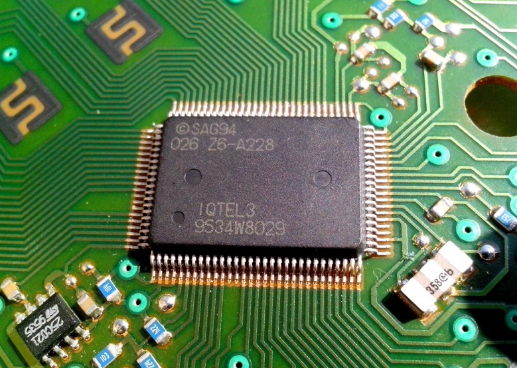
Conclusion
Selecting the right PCB surface finish involves balancing solderability, durability, cost, environmental compliance, and assembly requirements. HASL remains cost-effective for general applications, while ENIG and ENEPIG suit high-reliability designs. OSP is eco-friendly but limited in reworkability, while immersion silver and tin offer mid-range solutions. Engineers must evaluate trade-offs based on project-specific needs to ensure optimal performance and manufacturability.
By carefully considering these factors, PCB designers and manufacturers can enhance yield, reliability, and long-term performance in electronic assemblies

